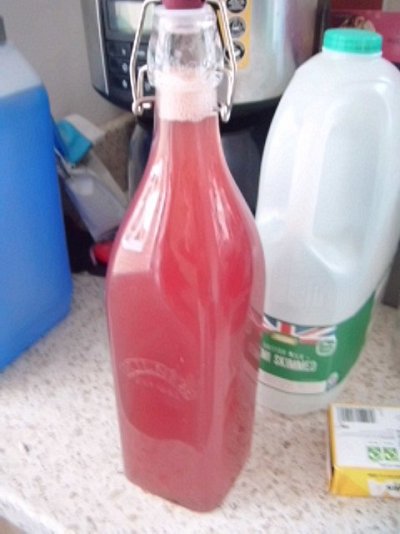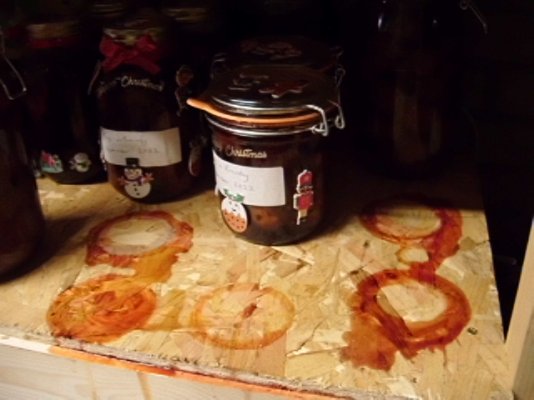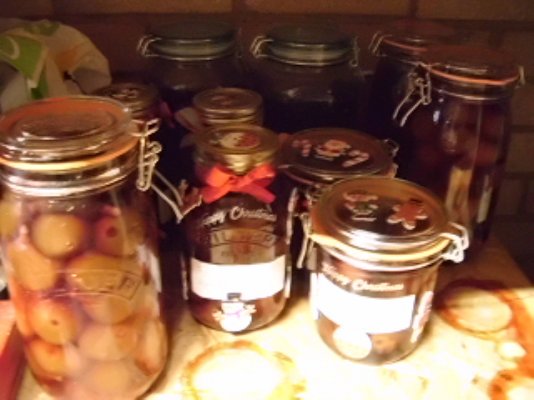SaxonWessex
Assistant Cook
had a bumper crop this year so did 30litres of figs in brandy
Some in screw on lids and some jars with hinge lids
5 jars burst thier seal and weeped down the jar they also turned into vinegar
All the other jars are fine
2 questions
1 why did some over flow abd turn to vinegar
2 ive bottled the vinegar now - what can I use it for
Thanks
Some in screw on lids and some jars with hinge lids
5 jars burst thier seal and weeped down the jar they also turned into vinegar
All the other jars are fine
2 questions
1 why did some over flow abd turn to vinegar
2 ive bottled the vinegar now - what can I use it for
Thanks



